Home>Maintenance & Safety>Pest Control Solutions>Why Do Yellow Jackets Keep Following Me
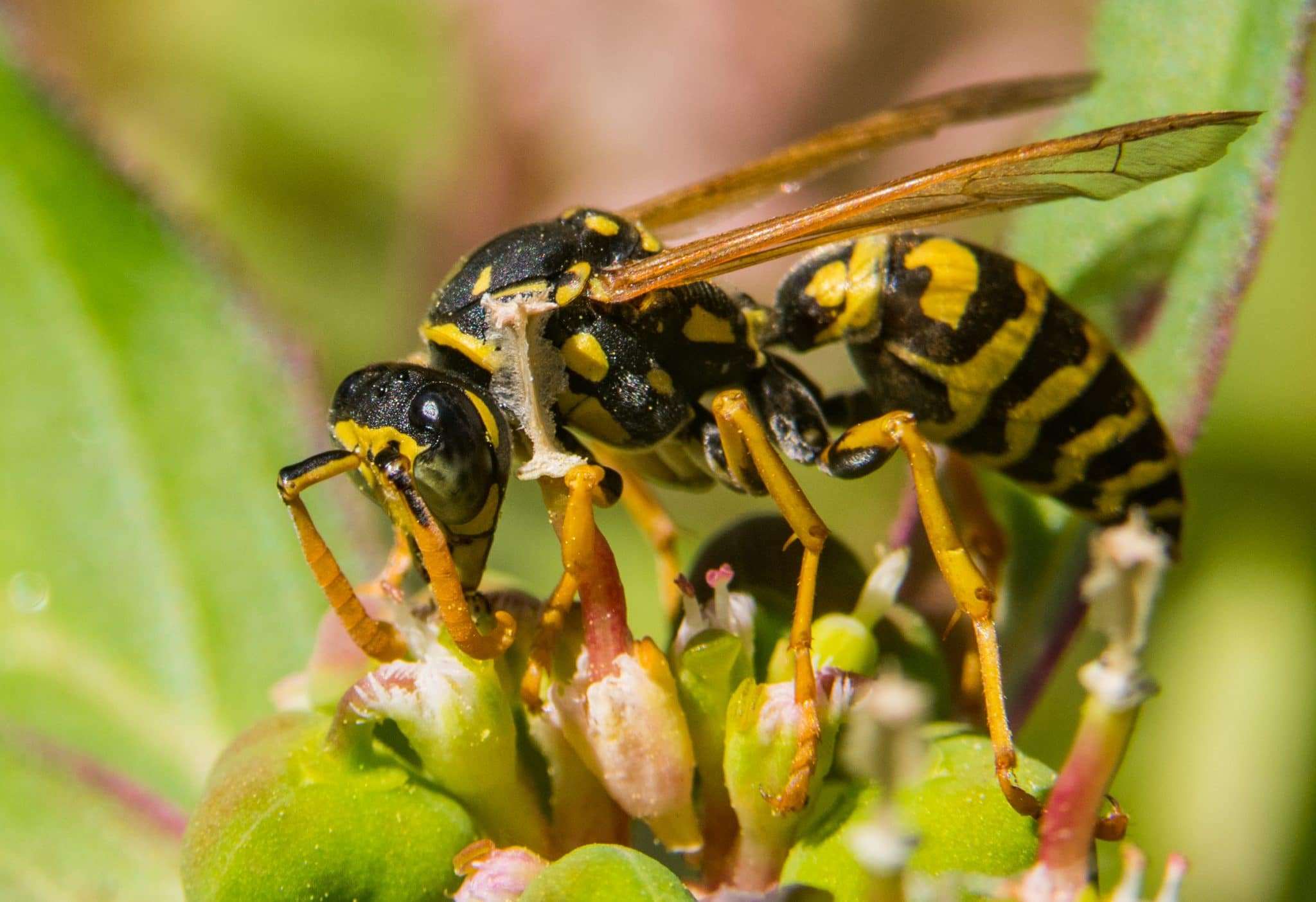

Pest Control Solutions
Why Do Yellow Jackets Keep Following Me
Modified: October 20, 2024
Discover effective pest control solutions to keep yellow jackets from following you. Learn how to protect yourself and your home from these persistent pests.
(Many of the links in this article redirect to a specific reviewed product. Your purchase of these products through affiliate links helps to generate commission for Storables.com, at no extra cost. Learn more)
Introduction
Yellow jackets are notorious for their persistent and sometimes aggressive behavior, especially during certain times of the year. If you've ever found yourself being followed by these buzzing insects, you know how unsettling it can be. Understanding why yellow jackets exhibit this behavior and learning how to handle these encounters can help alleviate the stress and potential danger associated with their presence.
In this article, we'll delve into the intriguing world of yellow jackets, exploring the reasons behind their tendency to follow humans and providing practical tips for avoiding and managing these encounters. Whether you're enjoying a picnic in the park, working in your garden, or simply taking a leisurely stroll, knowing how to coexist peacefully with yellow jackets can make a significant difference in your outdoor experiences.
By gaining insight into the behavior of these fascinating insects, you'll be better equipped to navigate their presence without unnecessary fear or anxiety. Let's embark on a journey to unravel the mysteries of yellow jackets and discover effective strategies for peacefully sharing your outdoor spaces with these remarkable creatures.
Key Takeaways:
- Stay calm and avoid swatting when yellow jackets follow you. Move slowly, seek shelter, and avoid disturbing their nests to minimize the risk of stings and ensure a peaceful resolution.
- Minimize attracting yellow jackets by being mindful of food, scents, and attire. Maintain cleanliness and awareness of surroundings to enjoy outdoor activities without unwanted buzzing companions.
Read more: Why Yellow Jackets Are Aggressive
Understanding Yellow Jackets
Yellow jackets, scientifically known as Vespula and Dolichovespula, are a species of predatory wasps that belong to the family Vespidae. These insects are renowned for their distinctive yellow and black markings, sleek bodies, and formidable stingers. They are commonly mistaken for bees due to their similar appearance, but yellow jackets have a more slender and elongated physique compared to their fuzzy, robust bee counterparts.
These social insects live in colonies, with each colony typically comprising a queen, workers, and drones. The queen is responsible for reproduction and colony growth, while the workers are tasked with foraging for food, expanding the nest, and protecting the colony. Drones, on the other hand, are male yellow jackets whose primary role is to mate with the queen.
Yellow jackets are highly adaptable and can thrive in various environments, including forests, urban areas, and agricultural landscapes. They are opportunistic feeders, with a diet that includes nectar, fruit, and other sugary substances. However, they are also proficient hunters, preying on a wide range of insects to nourish the developing larvae in their nests.
One of the most remarkable aspects of yellow jackets is their remarkable nesting behavior. Unlike honeybees, which construct wax hives, yellow jackets build papery nests using wood fibers and saliva. These nests are often concealed in underground burrows, hollow trees, or man-made structures such as attics, sheds, and wall voids. The intricate architecture of their nests reflects the meticulous nature of these industrious insects.
Yellow jackets are known for their defensive nature, especially when their nest is threatened. They can exhibit aggressive behavior, stinging repeatedly in defense of their colony. Unlike honeybees, which typically die after stinging due to the barbed nature of their stingers, yellow jackets can sting multiple times, making them formidable adversaries when provoked.
Understanding the biology and behavior of yellow jackets is crucial for fostering a harmonious coexistence with these remarkable insects. By gaining insight into their ecological role, nesting habits, and foraging behavior, individuals can develop a deeper appreciation for the vital role that yellow jackets play in the ecosystem while also learning how to navigate their presence safely and respectfully.
Reasons Yellow Jackets May Follow You
Yellow jackets are highly sensitive to various stimuli in their environment, and there are several reasons why they may exhibit a keen interest in following humans. Understanding these factors can shed light on their behavior and help individuals take proactive measures to minimize the likelihood of attracting these insects. Here are some compelling reasons why yellow jackets may follow you:
-
Food Sources: Yellow jackets are opportunistic foragers and are drawn to a wide array of food sources, including sugary substances, protein-rich foods, and even discarded human meals. When you're dining outdoors or enjoying a sweet treat, the scent of food can attract yellow jackets, prompting them to follow you in search of a potential meal.
-
Fragrances and Scents: Perfumes, scented lotions, and even the natural scent of sweat can pique the interest of yellow jackets. Certain fragrances mimic the aroma of flowers and other sources of nectar, inadvertently attracting these insects. Additionally, the scent of perspiration can be appealing to yellow jackets, especially during warm weather when they are actively foraging.
-
Bright Colors and Floral Patterns: Yellow jackets are visually oriented and are naturally drawn to bright colors and floral patterns. If you're wearing vibrant clothing with floral designs or patterns resembling the appearance of flowers, you may inadvertently capture the attention of these insects, prompting them to follow you as they perceive you as a potential food source.
-
Nesting Sites: In some cases, yellow jackets may follow humans if they inadvertently encroach upon the vicinity of their nesting sites. If you unknowingly approach a yellow jacket nest, the insects may perceive you as a threat and exhibit defensive behavior, including following you to deter any potential danger to their colony.
-
Agitation and Provocation: Sudden movements, loud noises, or attempts to swat at yellow jackets can agitate them, prompting them to follow you in a defensive response. It's essential to remain calm and composed when in the presence of these insects to avoid triggering aggressive behavior.
By recognizing these potential triggers for yellow jackets' interest in following humans, individuals can adopt proactive measures to minimize the likelihood of attracting these insects. Whether it involves being mindful of food consumption in outdoor settings, choosing appropriate attire, or exercising caution around potential nesting sites, understanding these reasons can empower individuals to coexist peacefully with yellow jackets in their outdoor environments.
Wear light-colored clothing and avoid wearing floral or sweet-scented perfumes or lotions when outdoors to reduce the chances of yellow jackets being attracted to you.
How to Avoid Yellow Jackets
When it comes to minimizing encounters with yellow jackets, proactive measures can significantly reduce the likelihood of attracting these insects and mitigate the potential for unpleasant interactions. By incorporating simple yet effective strategies into your outdoor activities, you can create an environment that is less appealing to yellow jackets, thereby minimizing the chances of being followed or approached by these buzzing insects.
Here are some practical tips for avoiding yellow jackets:
-
Mindful Dining: When dining outdoors, particularly during picnics or al fresco meals, it's essential to be mindful of food and beverage consumption. Keep food and drinks covered to minimize the scent and visibility of potential attractants for yellow jackets. Additionally, promptly clean up any spills or food debris to reduce the likelihood of drawing these insects to your dining area.
-
Scent-Free Approach: Avoid using heavily scented perfumes, lotions, and hair products when spending time outdoors, especially in areas where yellow jackets are known to be active. Opt for unscented or lightly scented personal care products to minimize the attraction of these insects.
-
Neutral Attire: When selecting clothing for outdoor activities, consider wearing neutral colors and avoiding vibrant floral patterns that may inadvertently attract yellow jackets. By opting for subdued attire, you can reduce the likelihood of visually stimulating these insects and drawing their attention.
-
Awareness of Surroundings: Stay vigilant and be mindful of your surroundings, particularly in areas where yellow jackets are commonly found. Be cautious around potential nesting sites, such as ground burrows, hollow trees, and eaves, and avoid disturbing these areas to minimize the risk of encountering defensive yellow jackets.
-
Securing Waste and Recycling: Properly seal and dispose of waste, particularly food-related items, to prevent the accumulation of enticing odors that could attract yellow jackets. Similarly, ensure that recycling bins are tightly sealed to minimize the scent of discarded containers and packaging.
-
Maintaining Cleanliness: Whether you're enjoying a backyard barbecue or spending time in a public park, maintaining cleanliness in your outdoor environment is crucial for deterring yellow jackets. Regularly empty and clean trash receptacles, wipe down surfaces, and promptly remove food remnants to create an environment that is less appealing to foraging insects.
By incorporating these proactive measures into your outdoor routines, you can create an environment that is less conducive to attracting yellow jackets. These simple yet effective strategies can help minimize the likelihood of being followed or approached by these insects, allowing you to enjoy outdoor activities with greater peace of mind and minimal disruption from buzzing interlopers.
What to Do if You're Being Followed by Yellow Jackets
If you find yourself being followed by yellow jackets, it's essential to remain calm and composed to minimize the risk of provoking these insects. Here are practical steps to take if you're being followed by yellow jackets:
-
Stay Calm and Avoid Swatting: As soon as you notice yellow jackets in close proximity, refrain from making sudden movements or attempting to swat at them. Aggressive gestures can agitate the insects, leading to defensive behavior and potential stinging incidents. By maintaining a calm demeanor, you can reduce the likelihood of escalating the situation.
-
Move Slowly and Steadily: If yellow jackets are trailing you, try to move away from their vicinity slowly and steadily. Abrupt movements can trigger a defensive response, so it's important to navigate the area with deliberate and measured steps. Avoid running or flailing your arms, as this can intensify the yellow jackets' pursuit.
-
Seek Shelter or Enclosed Spaces: If possible, seek refuge in an enclosed structure or vehicle to create a barrier between you and the yellow jackets. By entering a building, car, or other enclosed space, you can effectively separate yourself from the insects and minimize the risk of continued interaction.
-
Avoid Disturbing Nesting Sites: Be mindful of potential nesting sites as you move away from the area. Yellow jackets may be following you due to their defensive instincts, especially if you inadvertently encroached upon their nesting territory. Steer clear of ground burrows, tree hollows, and other potential nesting locations to reduce the likelihood of further encounters.
-
Assess for Stinging Incidents: Once you've distanced yourself from the yellow jackets, assess whether any stinging incidents occurred. If you or others in your vicinity have been stung, it's important to promptly attend to the affected individuals and seek appropriate medical attention if necessary.
-
Remain Vigilant in Outdoor Settings: After a yellow jacket encounter, remain vigilant in outdoor settings and be mindful of the presence of these insects. By staying observant and taking proactive measures to minimize attractants, you can reduce the likelihood of future interactions with yellow jackets.
By following these practical guidelines, individuals can navigate encounters with yellow jackets in a manner that prioritizes safety and minimizes the potential for stinging incidents. It's important to approach these situations with caution and composure, allowing for a peaceful resolution that prioritizes the well-being of both humans and yellow jackets.
Read more: How To Keep Wasps And Yellow Jackets Away
Conclusion
In conclusion, the presence of yellow jackets in outdoor environments can evoke a mix of fascination, caution, and at times, apprehension. By gaining a deeper understanding of the factors that may lead to yellow jackets following humans and adopting proactive strategies to minimize interactions, individuals can coexist harmoniously with these remarkable insects.
It's essential to recognize that yellow jackets, despite their defensive nature, play a vital role in the ecosystem as efficient predators of various insect species. Their foraging behavior contributes to pest control and the regulation of insect populations, highlighting their ecological significance. By embracing a balanced perspective that acknowledges the value of these insects while prioritizing safety and comfort, individuals can navigate outdoor spaces with greater confidence and appreciation for the natural world.
Furthermore, the proactive measures outlined for avoiding yellow jackets, such as mindful dining practices, scent-free approaches, and maintaining cleanliness in outdoor settings, empower individuals to create environments that are less conducive to attracting these insects. By integrating these strategies into outdoor routines, individuals can minimize the likelihood of being followed or approached by yellow jackets, fostering a sense of tranquility and enjoyment during outdoor activities.
In the event of being followed by yellow jackets, the recommended steps emphasize the importance of remaining composed, moving deliberately, and seeking shelter when necessary. These practical guidelines prioritize safety and aim to mitigate the potential for stinging incidents, allowing for a peaceful resolution to encounters with these industrious insects.
Ultimately, by embracing a mindset of coexistence and implementing practical strategies for minimizing interactions with yellow jackets, individuals can savor the beauty of outdoor settings while respecting the presence of these remarkable insects. Through awareness, preparedness, and a spirit of harmony, the outdoor experience can be enriched, offering moments of tranquility and connection with nature, free from undue concern about the presence of yellow jackets.
Frequently Asked Questions about Why Do Yellow Jackets Keep Following Me
Was this page helpful?
At Storables.com, we guarantee accurate and reliable information. Our content, validated by Expert Board Contributors, is crafted following stringent Editorial Policies. We're committed to providing you with well-researched, expert-backed insights for all your informational needs.
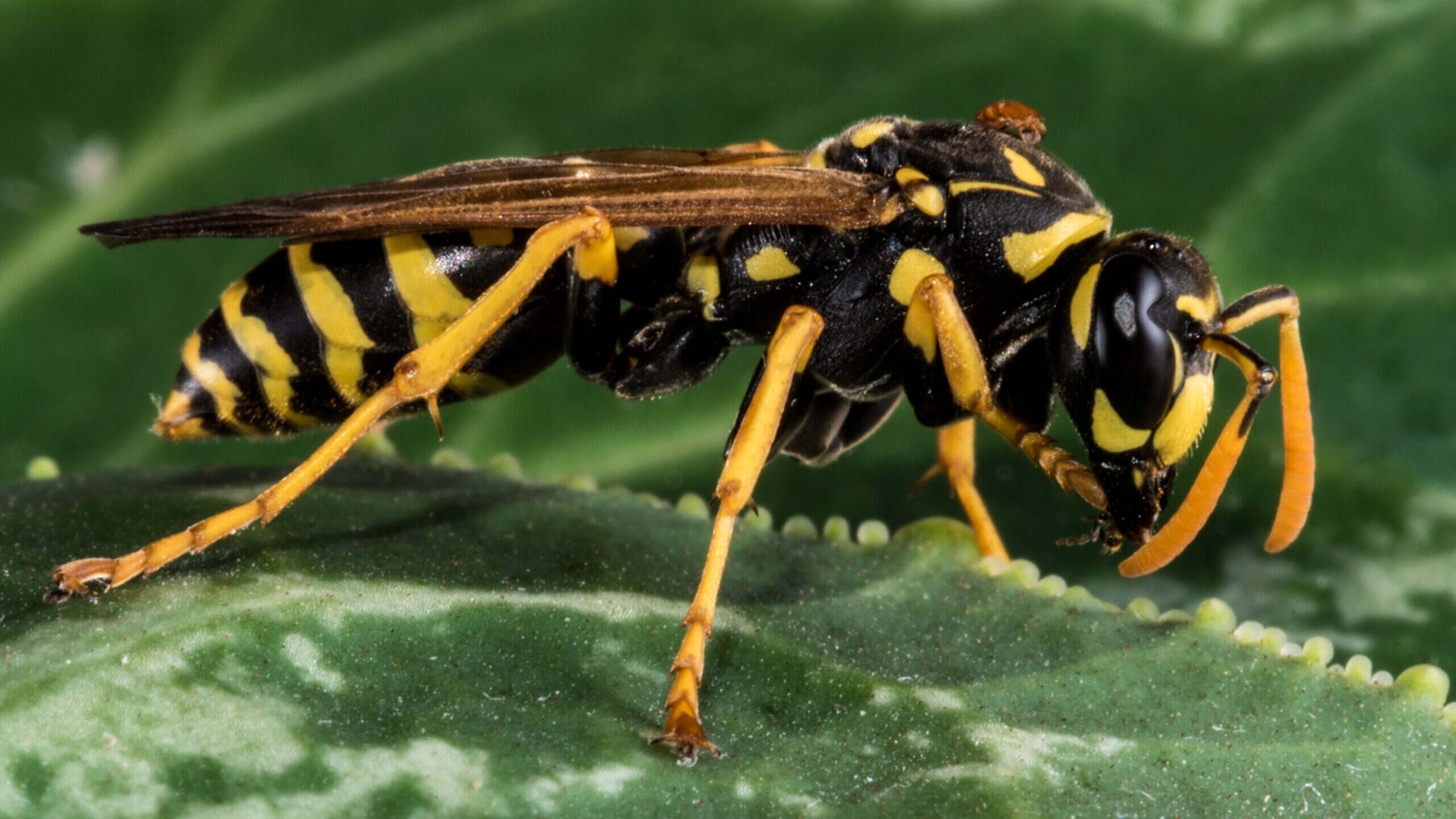
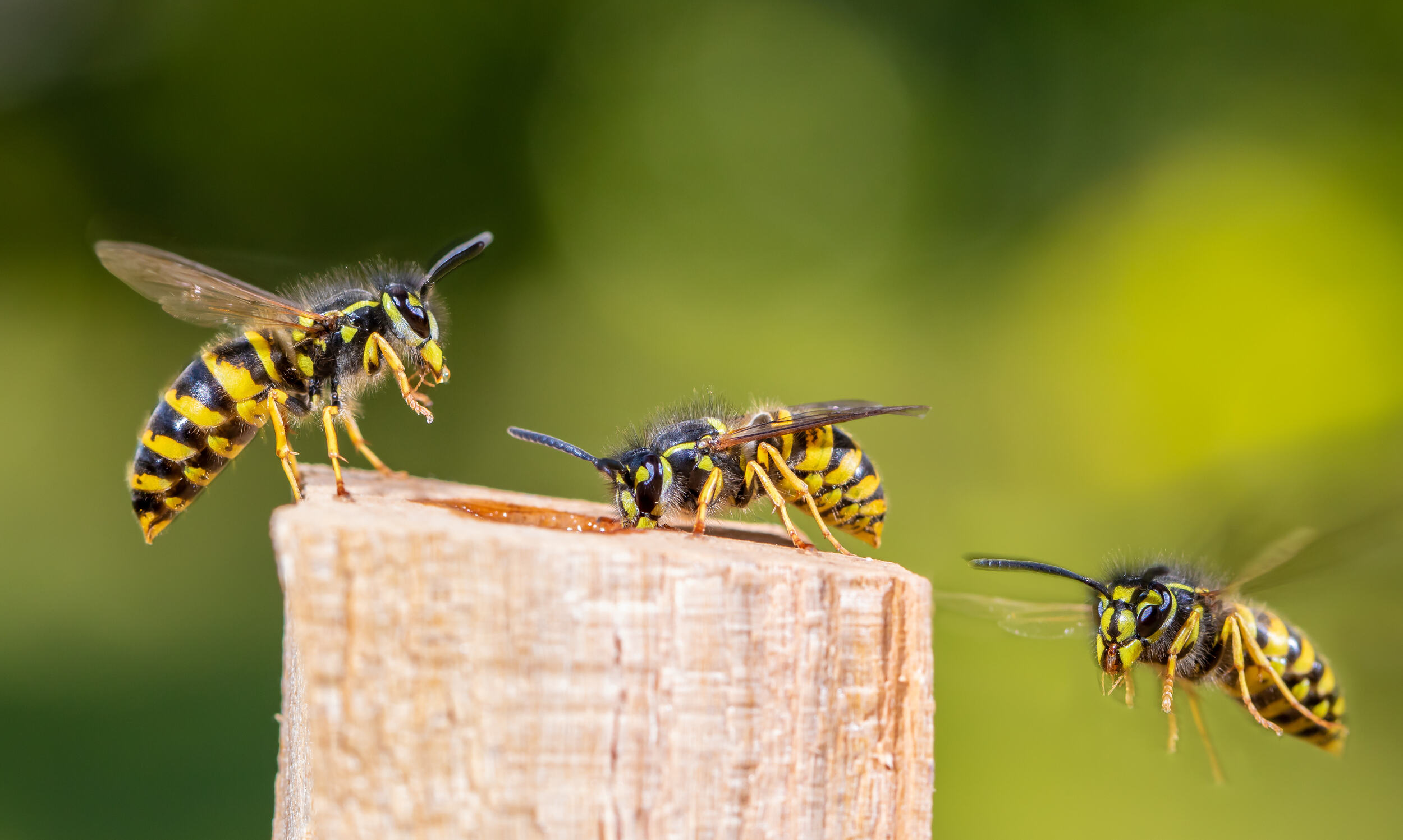
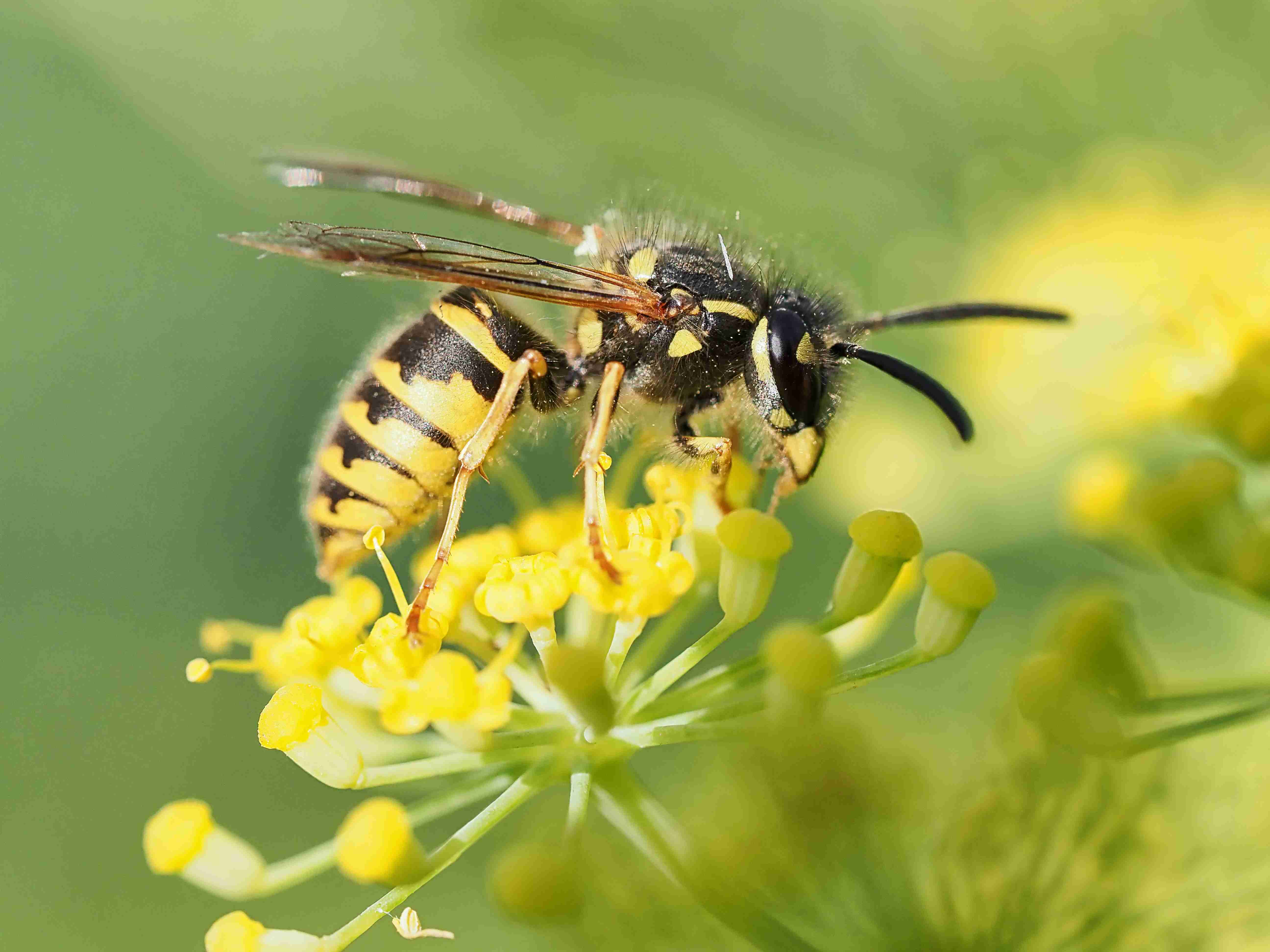
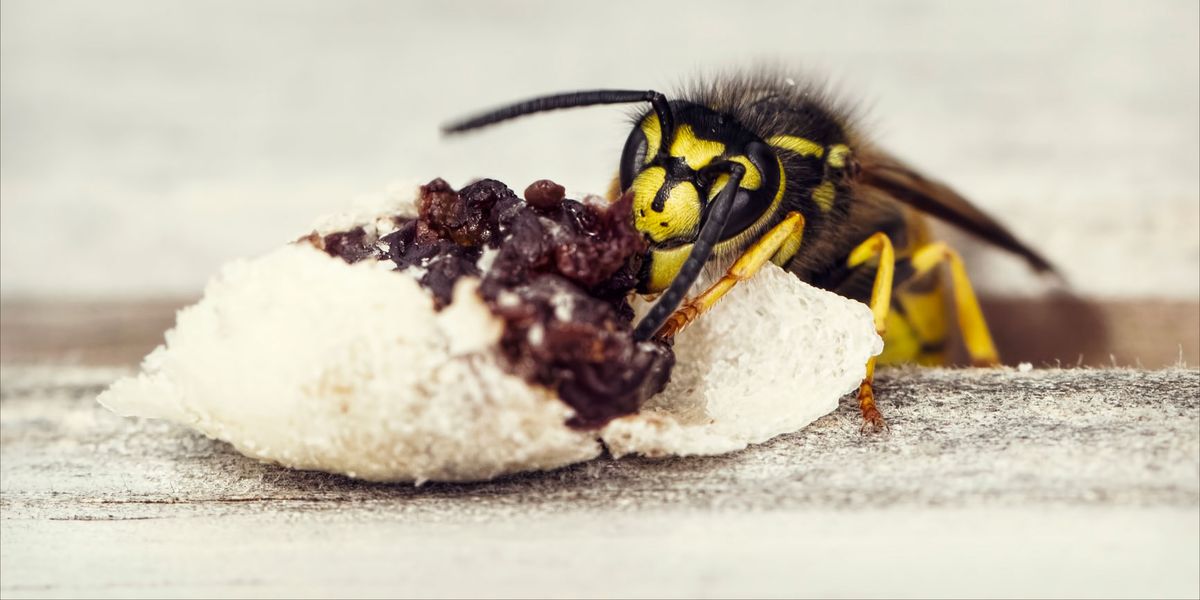
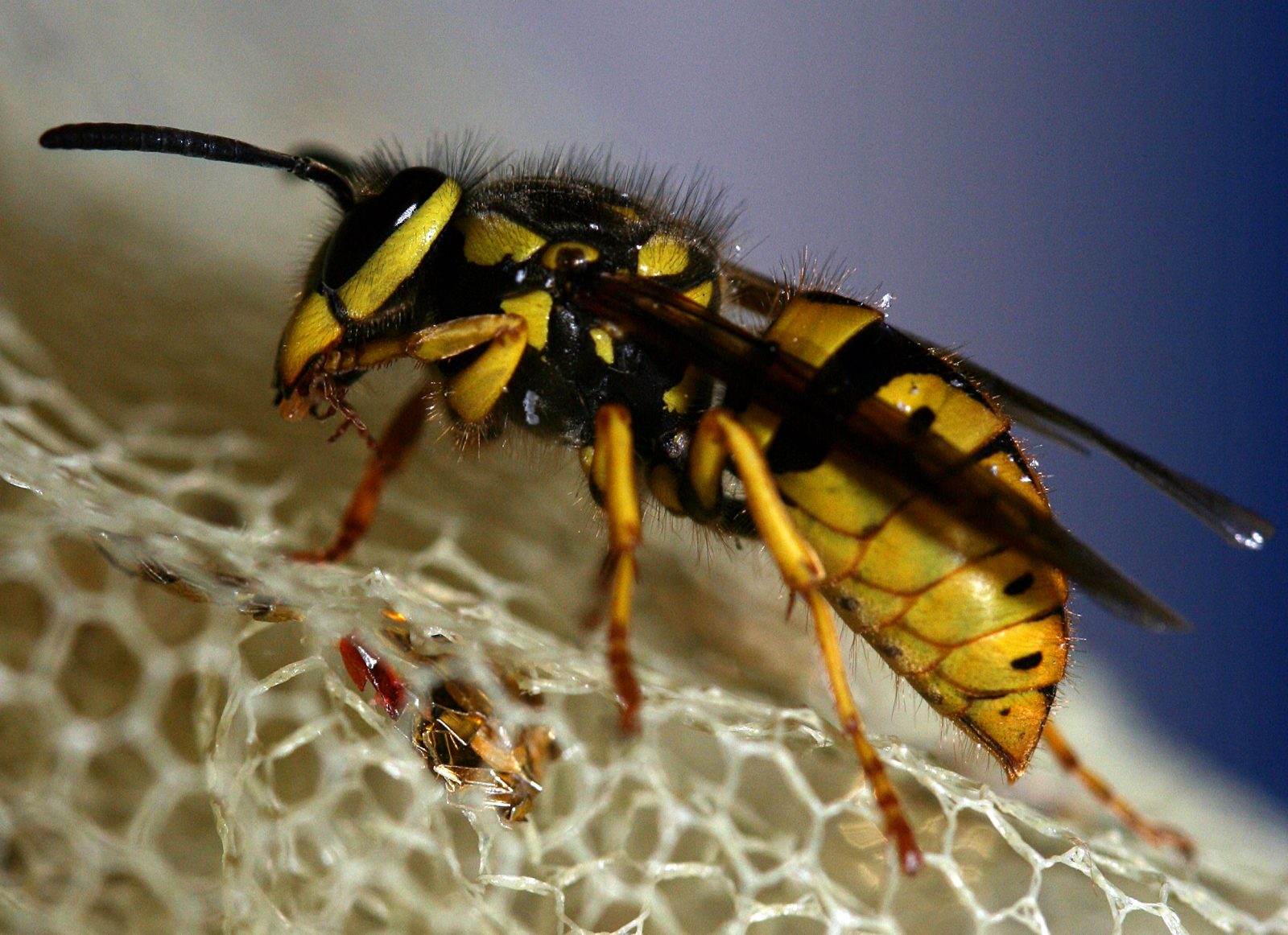
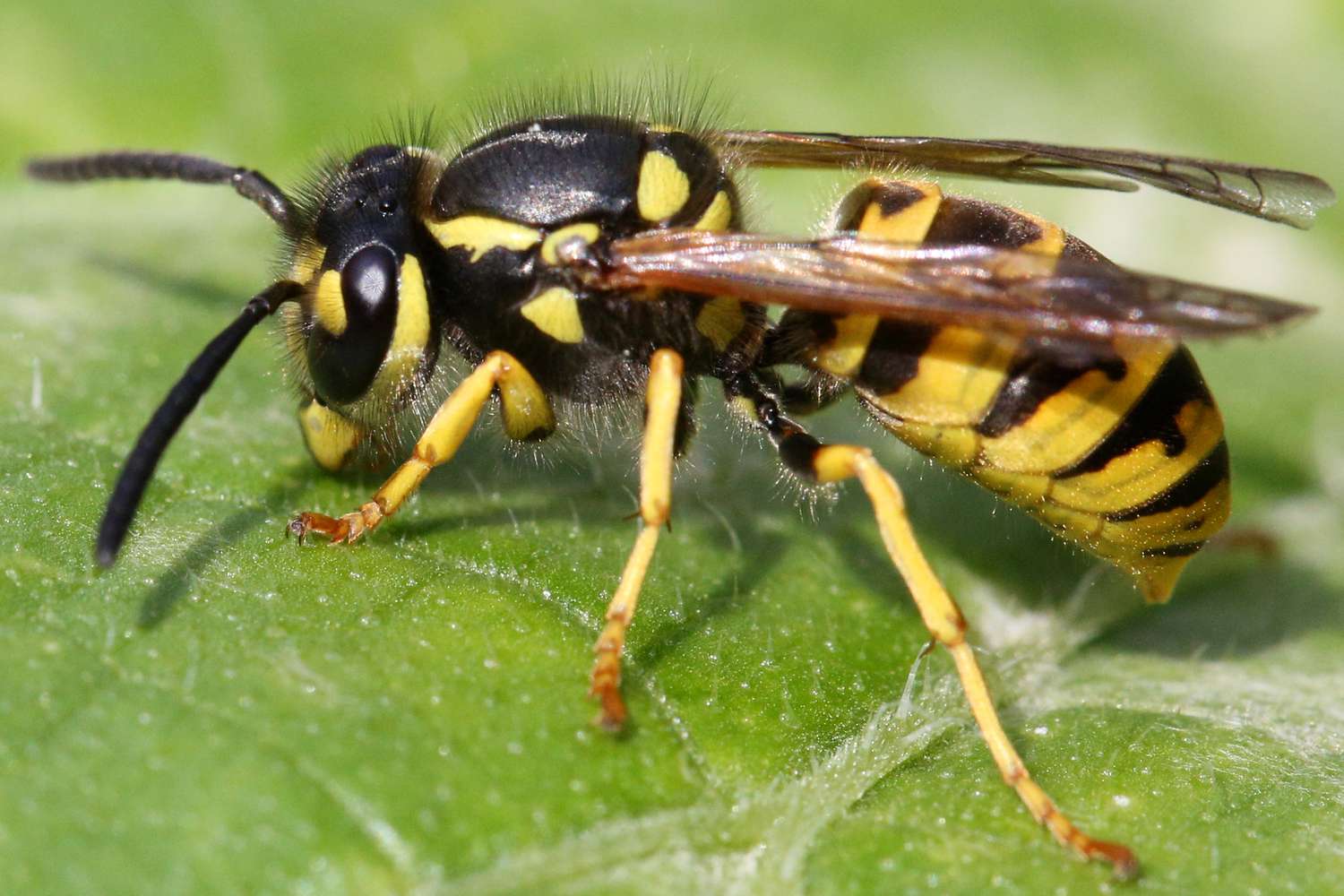
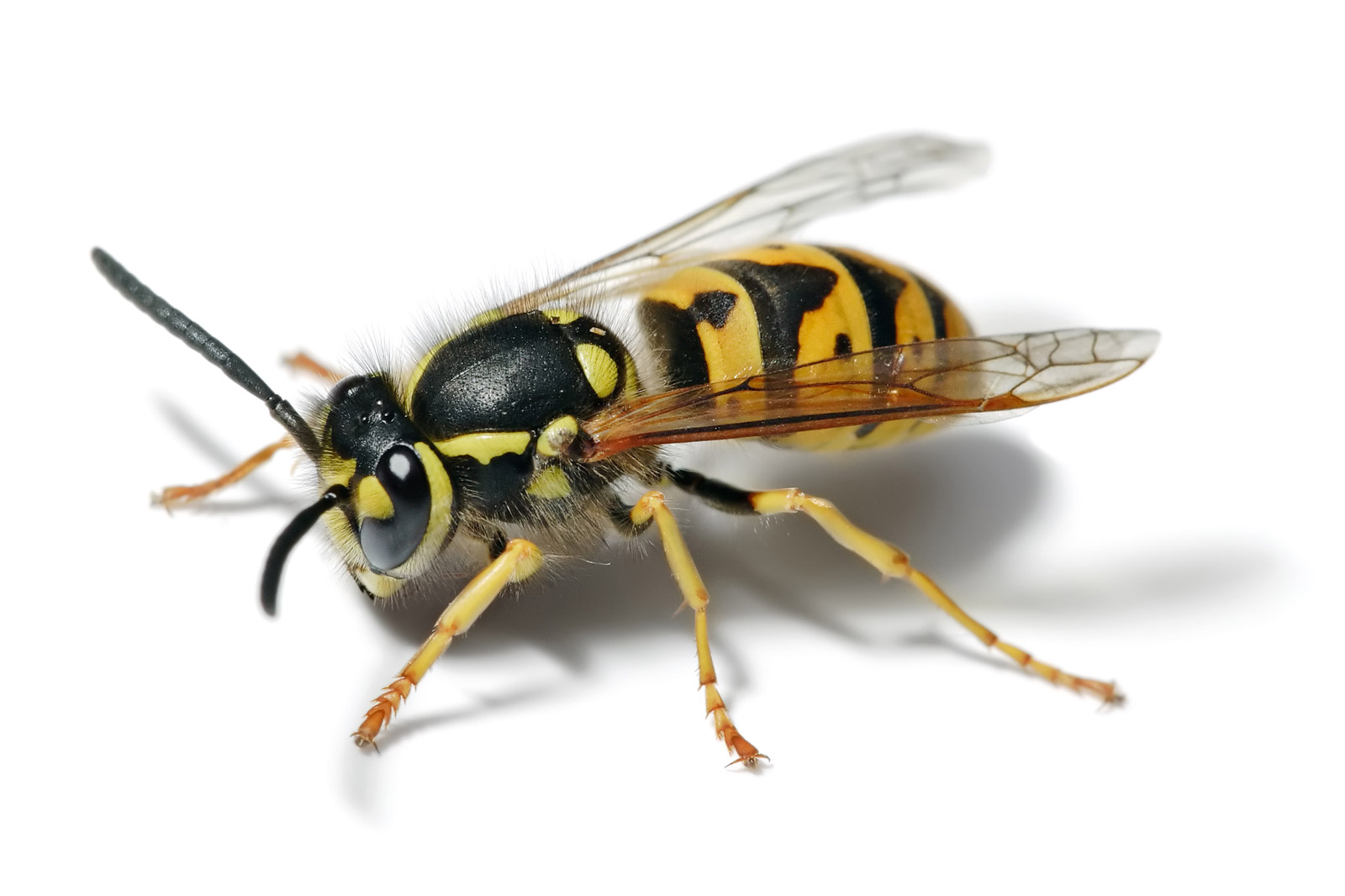
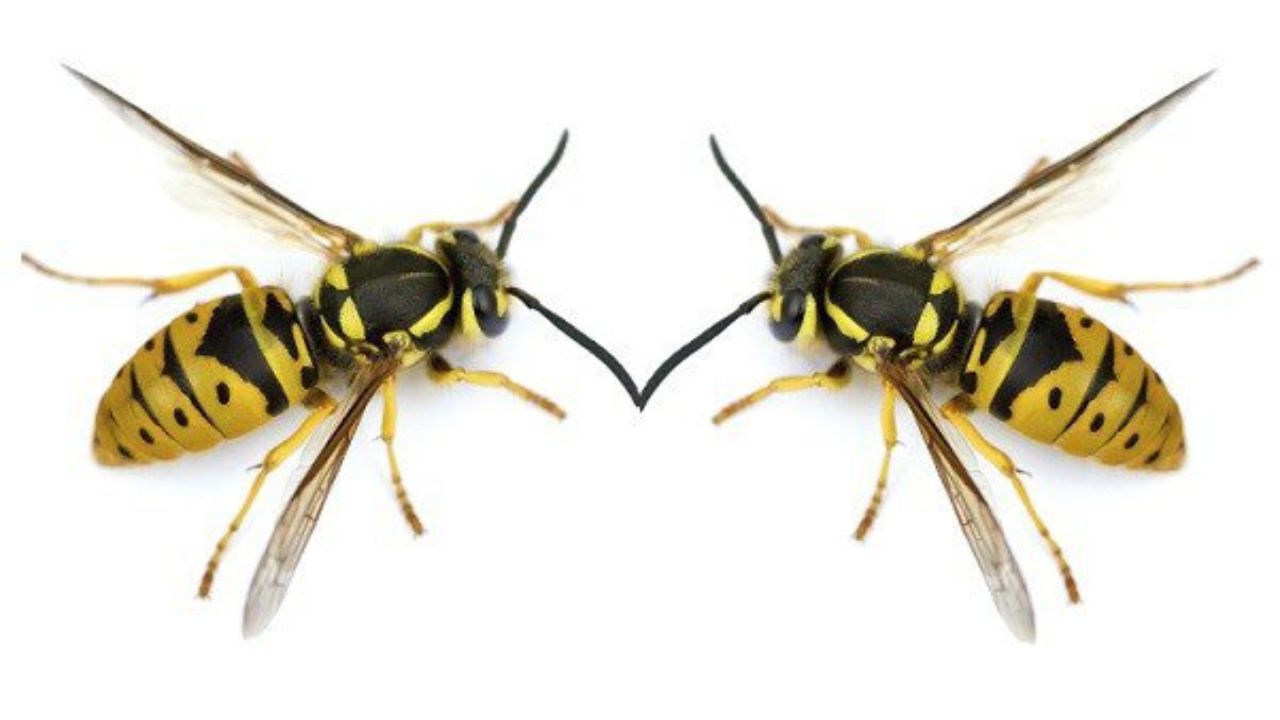
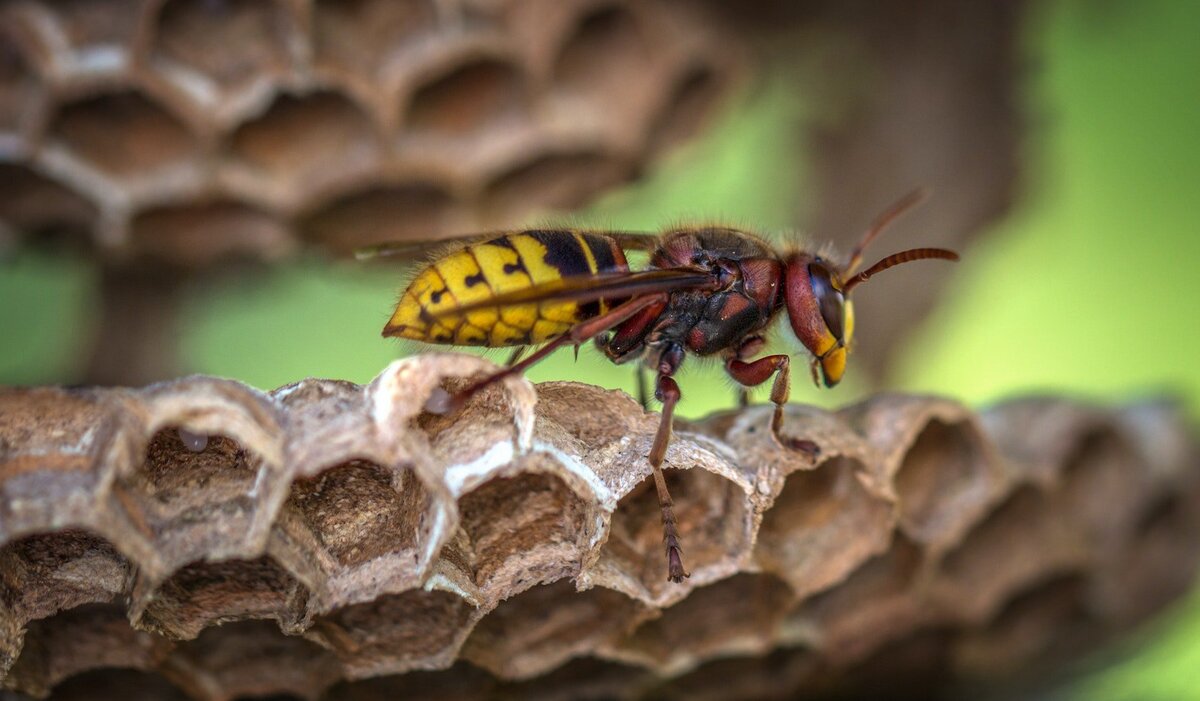
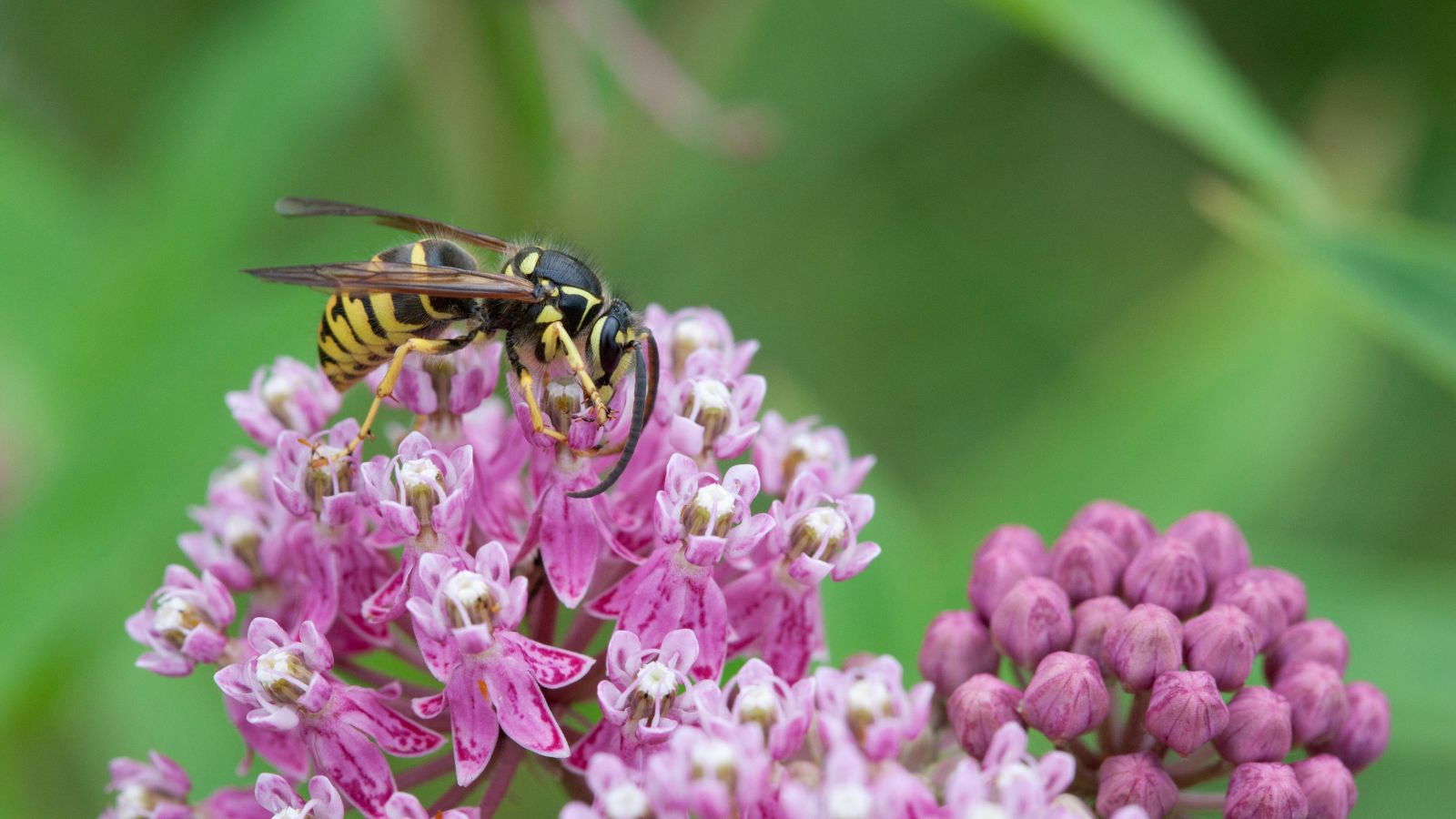
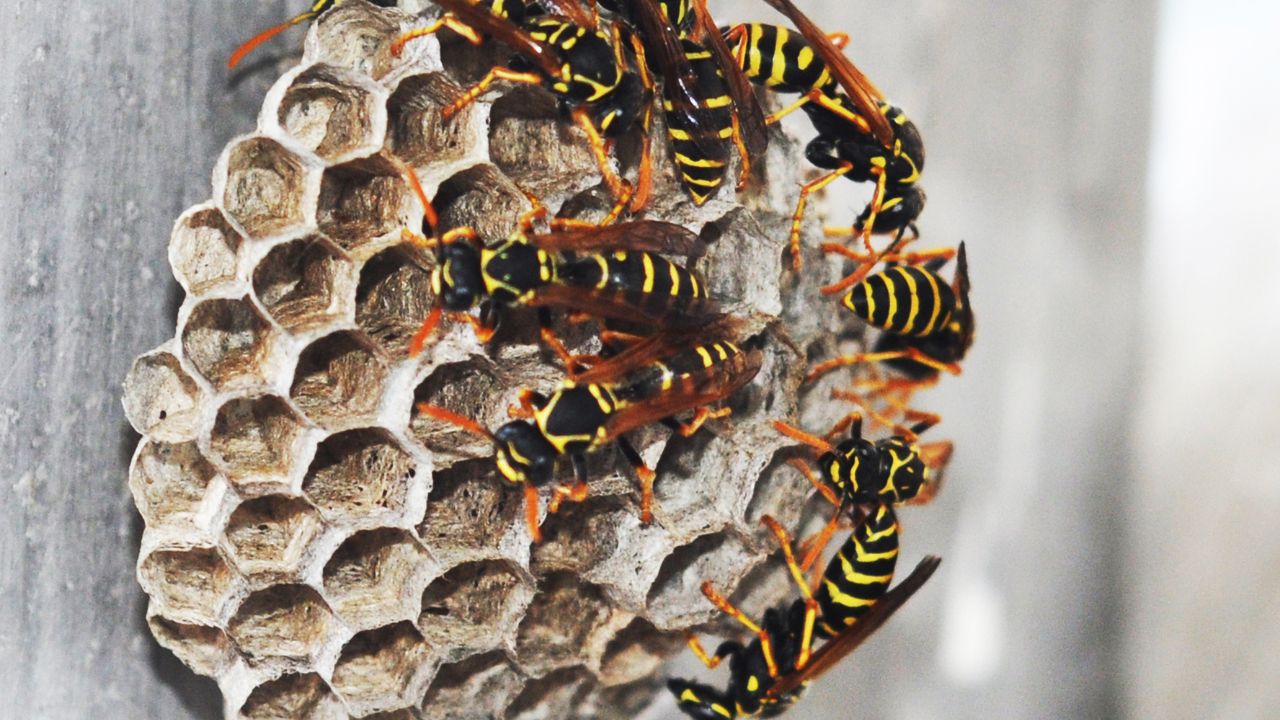
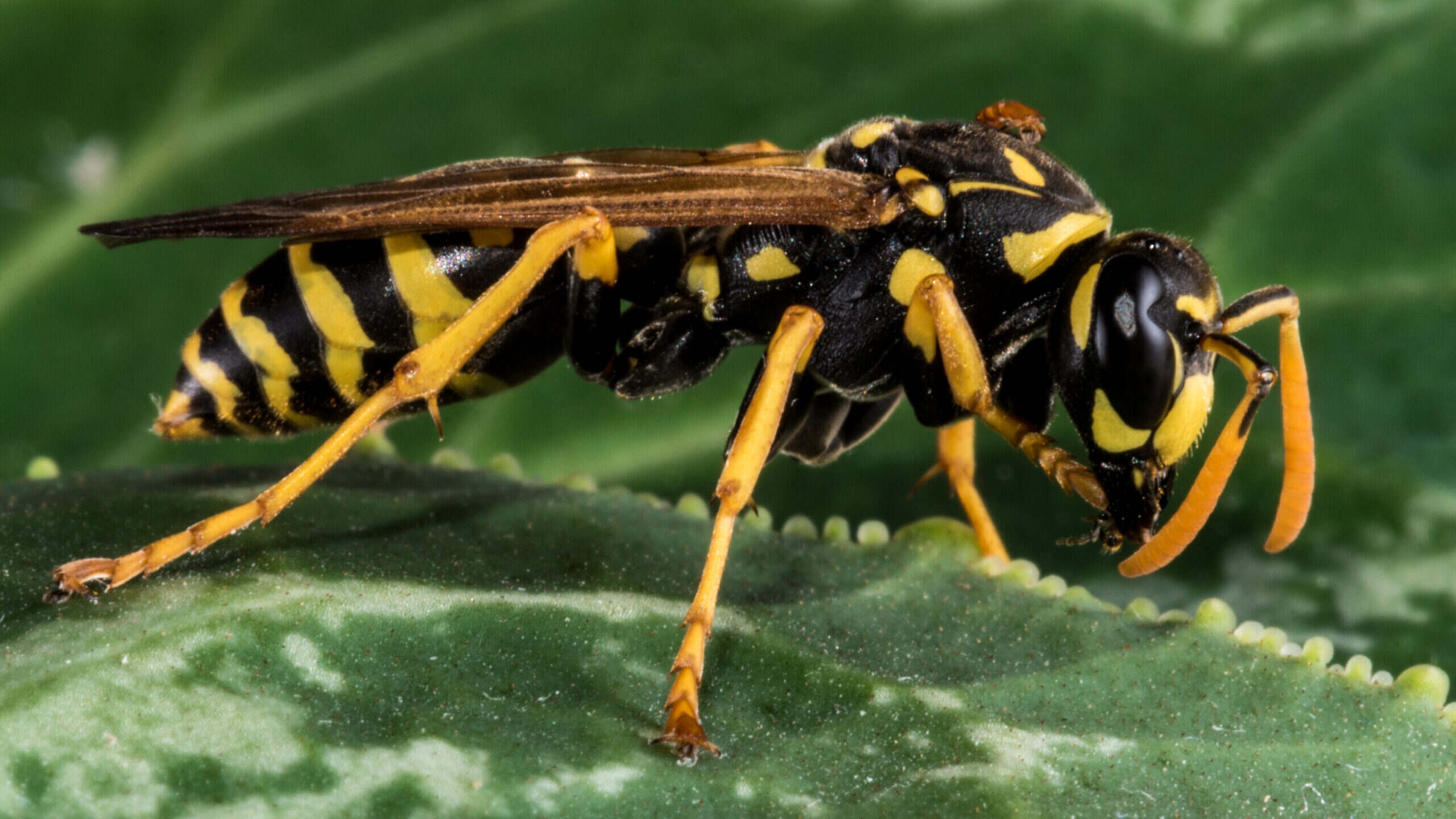

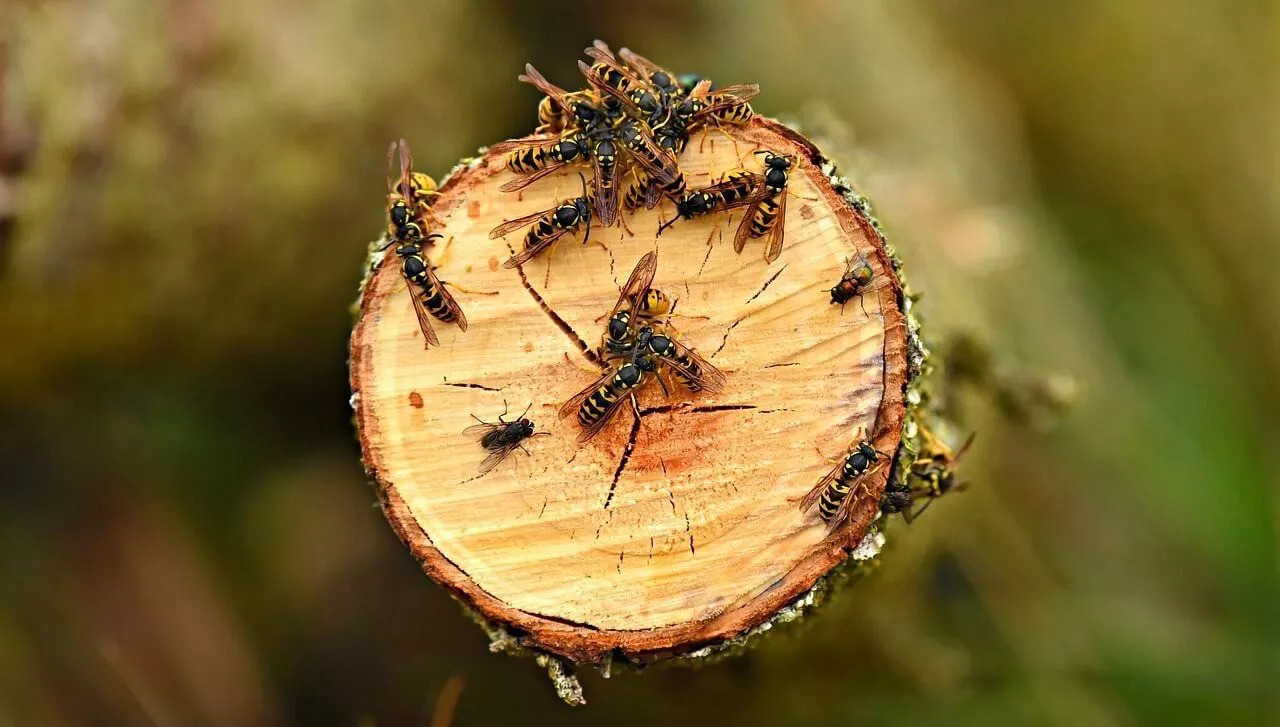

0 thoughts on “Why Do Yellow Jackets Keep Following Me”